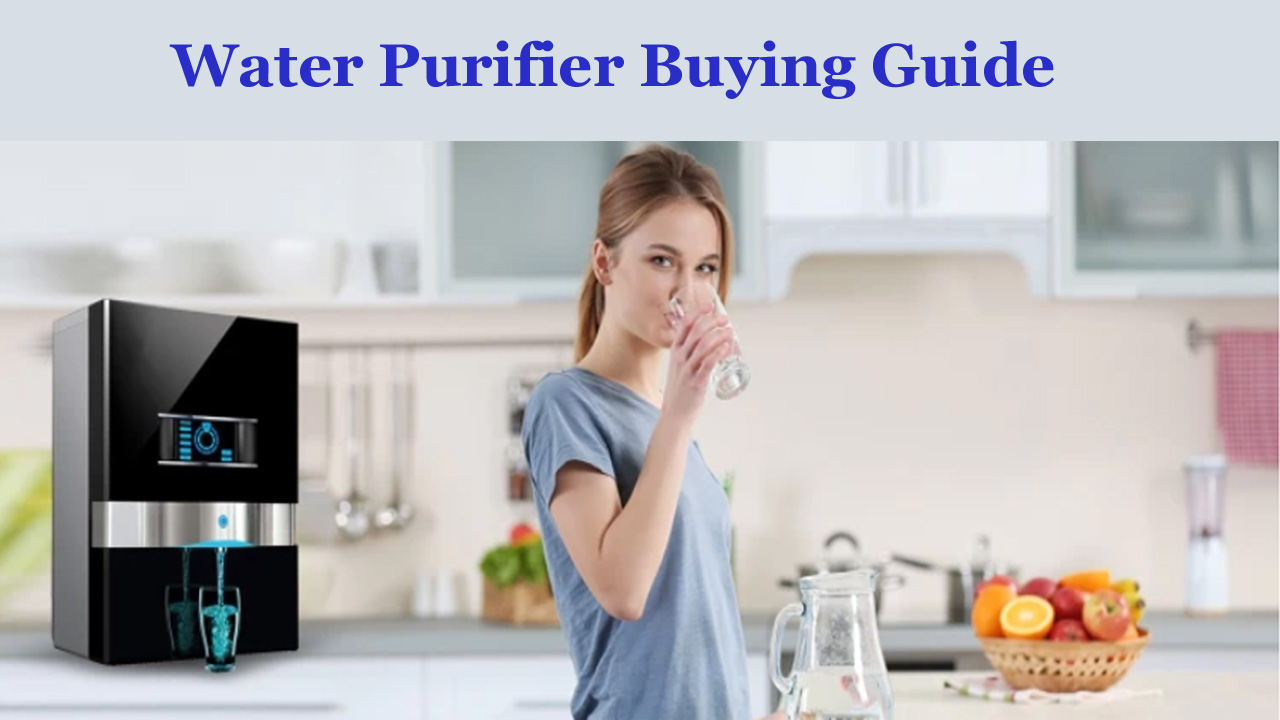What is Water Purifier?
The water purifier is an essential household item that plays a significant role in protecting the family’s health. A pure water purifier can provide safety from life-threatening waterborne diseases, which will be caused by ingesting contaminated water reception.

When we talk about exploring life possibilities on Mars, what’s it that astronomers and scientists are searching for? The solution to both the questions is ‘Water.’
One cannot imagine anybody without water. Fortunately, our planet Earth is filled with sufficient water to take care of our lives in the present and future generations. Are we ensuring that the longer-term generation has access to clear and pure water to drink?
The answer to the present question may be a NO because the discharge of human and industrial waste is the primary cause of pollution.
The goal is to provide water fit specific purposes. Most water is purified for human consumption, but water purification also can be administered for a selection of other purposes, including medical, pharmacological, chemical, and industrial applications. The method used includes physical processes like sedimentation and distillation. Biological processes are slow sand filters or biologically active carbon dioxide. Chemical processes like flocculation and chlorination help in the utilization of electromagnetic radiation like ultraviolet.
Purification may reduce the concentration of particulate, including suspended particles, parasites, bacteria, algae, viruses, and fungi, and reduce the dissolved and particulate spread.
The standards for beverage quality are generally set by government officials or by internationally known standards. These standards include minimum and maximum concentrations of contaminants, relying on the intended use of the water.
How does it work?
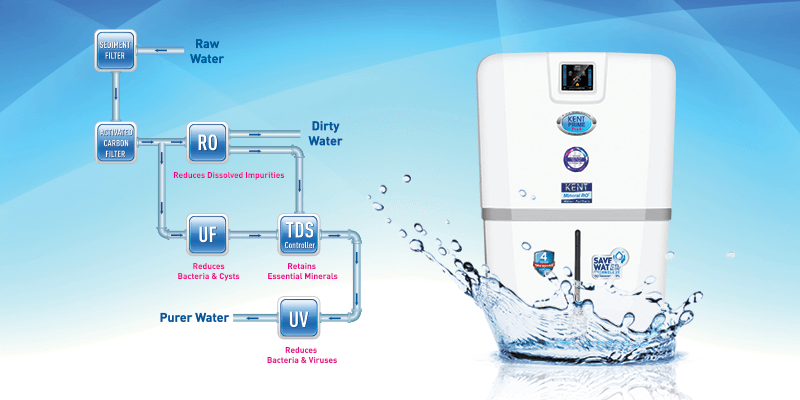
In the water purifier, the water goes into the sediment filter. In the sediment filter, the solid impurities and particulate matter removal get done. After that, water gently passes through a fine filter, in which the iron, chlorine, and other elements eliminate. The active carbon property in the filter helps at removing the discoloration in the water. It is how the water filter works, and the water gets cleaned and pure properly.
Point-of-use Filters
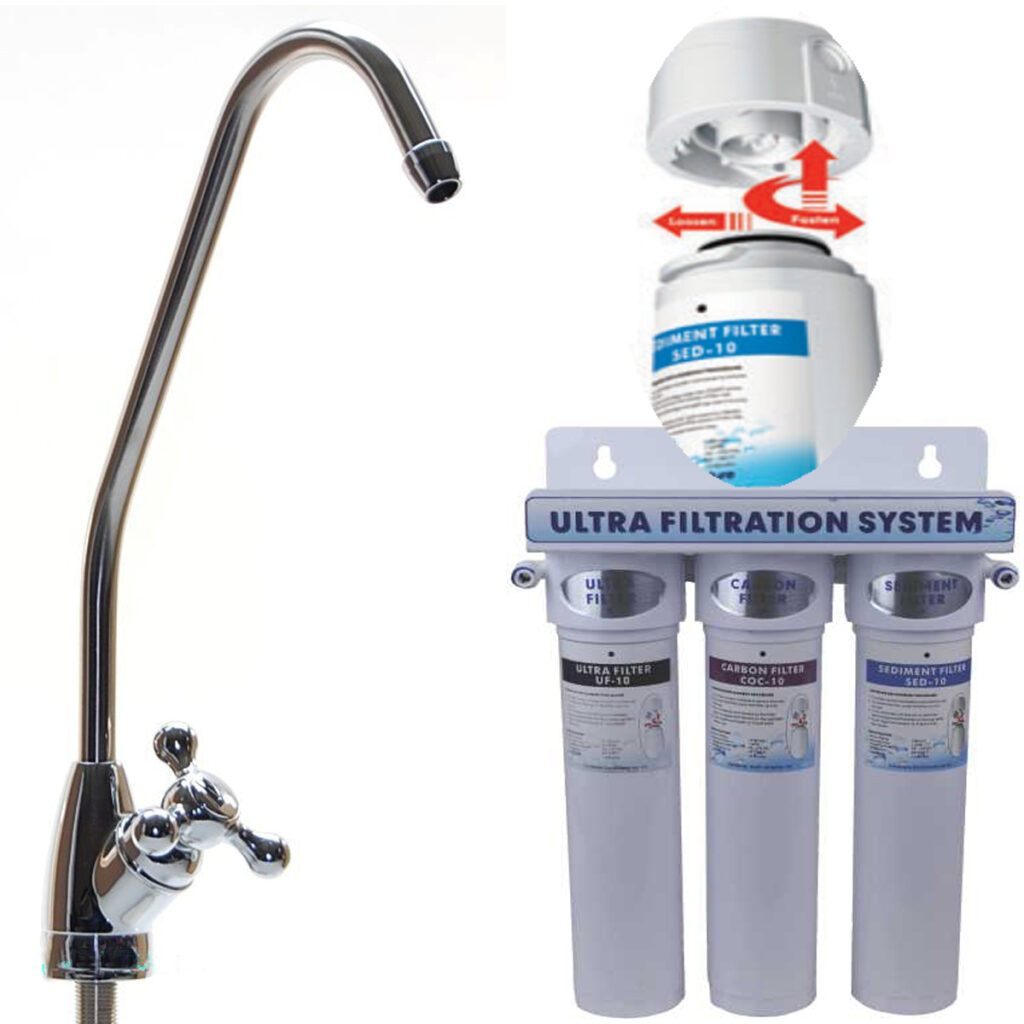
Point of use filters for home usage includes granular activated carbon filters (GAC) used for carbon filtering. Some filters use quite one filtration method. An example of this is often a multi-barrier system. One uses Jug filters for small quantities of beverage. Some kettles have filters built-in, primarily just to reduce the limescale buildup.
Standard Flowmatic style filters added to existing plumbing; the filter cartridges are cylinders 10 inches (254 mm) long by 2.5 inches (64 mm) in diameter. They made by multiple manufacturers and are available in 0.5-100 micron ratings, also as activated carbon. Some common substances that filtration doesn’t remove are arsenic, bacteria, chlorides, fluoride, nitrates, perchlorates, pharmaceuticals, sodium, and viruses.
Portable Water Filters

Hikers employ water filters, aid organizations during humanitarian emergencies, and thus the military. These filters are usually small in size, compact in nature, and lightweight, and typically filter water by working a mechanical pump. However, some use a siphon drip system to face the water through while the others built using water bottles. The contaminated water is pumped via a screen-filtered flexible silicon tube through a specialized filter, ending up during a container. These filters work to urge bacteria, protozoa, and microbial cysts, which can cause disease. Filters may have fine meshes that possess to advise replacement or cleaning, and ceramic water filters must have outside abraded once they became full of impurities.
One should not compare the water filters with devices or tablets that disinfect water, which removes or kill viruses like hepatitis A and rotavirus.
Water Quality Association
The Water Quality Association could also be a trade organization that tests water treatment equipment and awards its Gold Seal to systems that meet or exceed ANSI/NSF standards for contaminant reduction performance, structural integrity, and materials safety.
An accredited organization to American National Standard Institute/National Science Foundation Standard 53 for “Cyst Removal” provides the simplest assurance of removing Cryptosporidium. Like all filters, follow the manufacturer’s instructions for filter use and replacement.
Water Purification Technology Explained in short
We have examined four different types of water purifiers. Each of those water purifiers works on a selected technique. There’s not much to elucidate the working of the membrane filters, faucet-mounted, and gravity-based water filters. Allow us to consider EAT filters and RO + UV + UF filtration processes.
Types of the Water Purifiers
Non-Electrical Water Purifiers with More Storage
These water purifying devices have storage tanks to store water after it’s purified through sediment and activated charcoal filters. It is useful in places where the water system is not reliable.
Non-Electrical Water Purifiers Without Storage
These arrived from food-grade plastic; these water purifiers directly fixed to the water faucet. They’re usually candle-shaped filter units containing a resin filter that has got to replace once a month. They’re UF and activated charcoal filters that run without Electricity.
There also are personal water purifiers – water-bottle-sized, optimal active units that attract and take away waterborne pathogens. They’re great for pure water anywhere, anytime, due to their size, which is travel friendly.
Electrical Water Purifiers With Storage
Electrical water purifiers considered to be the best always connected to the water system and run on Electricity. Sediment filters used in this and activated water filters used with UV or RO purification systems, which require Electricity.
Electrical Without Storage
Electrical units also are available without a tank. This sort is sort of open – many groups through the ’90s were of this sort. Useful in places with a gentle supply of Electricity, the filtration quality is the same as those with Storage.
Water Purifiers with In-built Pumps
Using those built-in pumps in the purifiers can even draw water stored during a vessel, making them ideal for areas with no running water or low tide pressure.
Membrane filter
These are the only sort of filters available within the market. Within the olden days, people didn’t have access to much technology. They used simple white pieces of fabric to trap the dirt and suspended particles and acquire a clean water source.
The inspiration behind such a transparent membrane gets filtered by itself. Hence, these small contraptions simply help attach to the faucet and access filtered water straightaway. These contraptions contain a small wire mesh that’s capable of trapping the sediments and other insoluble particles. One uses these types of filters in areas where you expect the shortest amount of pollution, like the hilly areas near the rivers’ sources. The wire mesh can help in eliminating such impurities.
Gravity Based Water Purifier
The faucet-mounted water purifiers are one of the foremost convenient water purifiers available within the market today. They typically comprised sediment and activated charcoal filters, which will cater to the purification of water with lower TDS levels.
The gravity-based water purifier is a complicated version of the tap mounted water purifier. The advantage of getting such a filter is that it’s a tank capable of storing enough water for the whole family.
The gravity-based water purifiers available within the market today comprise two separate tanks, one for the input water and, therefore, the other for the output water/storage. These filters work best in areas where there’s a coffee level of bacterial contamination. Similarly, these filters aren’t suitable for areas having water with a high level of TDS.
RO+UV+UF
Reverse Osmosis is one of the purest water purification techniques today. This system can eliminate TDS by up to 90%. They are so capable of destroying viruses and bacteria. UV compartments and UF membranes majorly complement these RO filters. They help in assisting in eliminating these bacteria and other microorganisms. We shall discuss the varied aspects of the RO water purification process separately.
EAT filters
It is often like the RO process as far as the quality of the output water cares. However, this technology has a plus over the RO process within the sense that it doesn’t need wastewater. But, there’s a drawback also. This process works best only if the input water source has TDS content, but 500.
Gravity-based Water Purifier
Following points describes gravity-based water purifier:
- It is the only sort of water purifier certified to get rid of cysts.
- It works without Electricity.
- It does not remove dissolved impurities.
- Not an absolute barrier to viruses.
- Disinfection recommended.
- Water with low TDS is usable. Most gravity-based purifiers have a water tank that will store up to 13 liters.
When to choose gravity-based water purifiers?
In the case of the following scenarios, you can settle on gravity-based water purifiers:
- If you do not have installation feasibility for UV and RO water purifiers like running water, optimum water pressure, and Electricity
- If you’re frequently reallocating home to home, you’ve no time to form a technician’s water purifier installation.
- The most important one is to keep your budget restricted to 4000 rupees.
If you’re coming under the above situation and you’ve got water reception, better shop for water from outside and purify with UF or activated charcoal, etc.
UV (Ultraviolet) Technology
The following information is essential regarding Ultraviolet Technology:
- Does not alter water chemically.
- Sterilized microorganisms aren’t far away from the water.
- It does not remove dissolved organics, inorganics, or particles.
- Fast disinfection process.
- UV energy penetrates the microorganism’s outer cell wall, passes through the cell body, and disrupts its DNA, preventing reproduction.
- Ultraviolet light is invisible to the eye and may best describe as a sort of invisible radiation.
When to settle on UV based water purifiers?
In case water contains waterborne diseases causing bacteria, viruses, and other pathogens, choose the Ultra Violet water purifiers. If the water molecules contain dissolved solids like arsenic, fluoride, lead alongside the contaminants bacteria and viruses, etc. choose the RO + UV water purifier.
RO (Reverse Osmosis) Technology
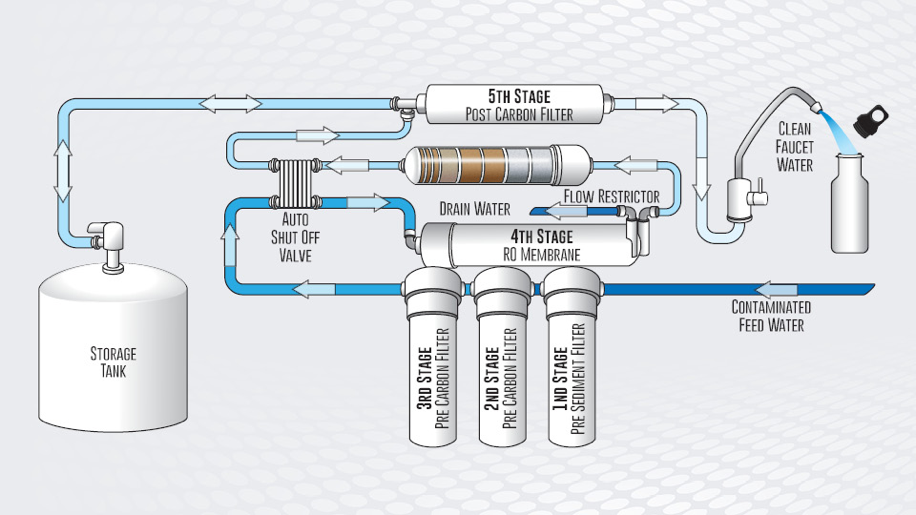
- Reverse Osmosis Technologyisthe the most convenient and effective method.
- It is useful when the TDS rating is somewhere between the range of 200 and 2000.
- It reduces the hardness of water, which is caused by excessive calcium & magnesium salts.
- It purifies water of contamination caused by fluoride or other harmful chemicals and heavy metals, like arsenic, lead, and mercury.
- It’s also the sole technology capable of desalinating sea water, making it drinkable.
When to Choose RO based Water Purifiers?
Choose an RO water purifier if and as long as water contains dissolved solids like fluoride, arsenic, lead, which causes serious health problems. Thanks to the way to know are you contain these dissolved solids or not? Check your home water in laboratories. Look for the nearest laboratories in Google by “water testing laboratories in + your city name.” As an example, Whaters.com is a well-known water testing laboratory in Mumbai. Counting on the water test report, if the water contains fluoride, arsenic, lead quite suggest a range, you’ve got to travel for RO water purifier.
Know about RO Water Purifier, UV Water Purifier, and UF Water Purifier
RO Water Purifier, UV Water Purifier, and UF Water Purifier – choose any of the water purifiers to purify the water!
If we talk about choosing the one perfect water purifier according to your needs and requirements, then we cannot claim for one particular purifier. Making selection for the one is dependent upon your requirements and needs. So better is to consider what your requirements are, and then decide in which water purifier you will find those requirements set appropriately.
Electro Adsorption Technology(EAT)
EAT, or Electro Adsorption Technology has five advanced stages of purification. It’s available in electric and nonelectric variants, and a few have storage tanks. It’s ideal for water, which has 500 ppm (parts per million) TDS.
External Pre Filter removes sand, silica, silt, dirt, and mud in water and enhances the filter’s lifetime.
Mechanical Filter removes dirt and other suspended solids through a sediment mesh.
Electro Adhesion Filter removes impurities that carry a charge, removes disease-causing cysts, germs like bacteria and viruses.
A natural process with specially activated charcoal granules, removes heavy metals like lead and arsenic.
Electro Adsorption excludes harmful chemicals like chlorine, pesticides, and endotoxins.
Electro Adsorption Technology involves a five-stage purification process. They’re as follows.
- External Pre-filter
- Mechanical filter
- Electro Adhesion Filter
- Ion Exchange filter
- Electro Adsorption
Sources of Water
Municipal Water:
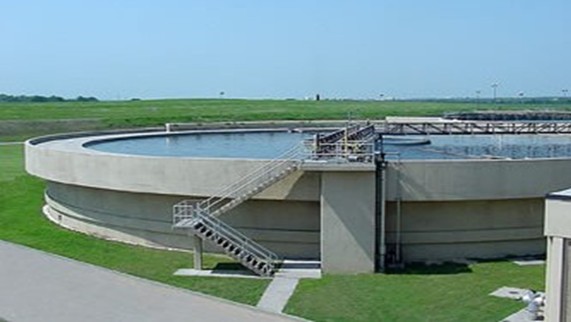
The supply of municipal water comes from rivers, lakes, or municipal corporations, which has TDS around 1-200 PPM. This water requires UV Water Purifier.
Ground Water:
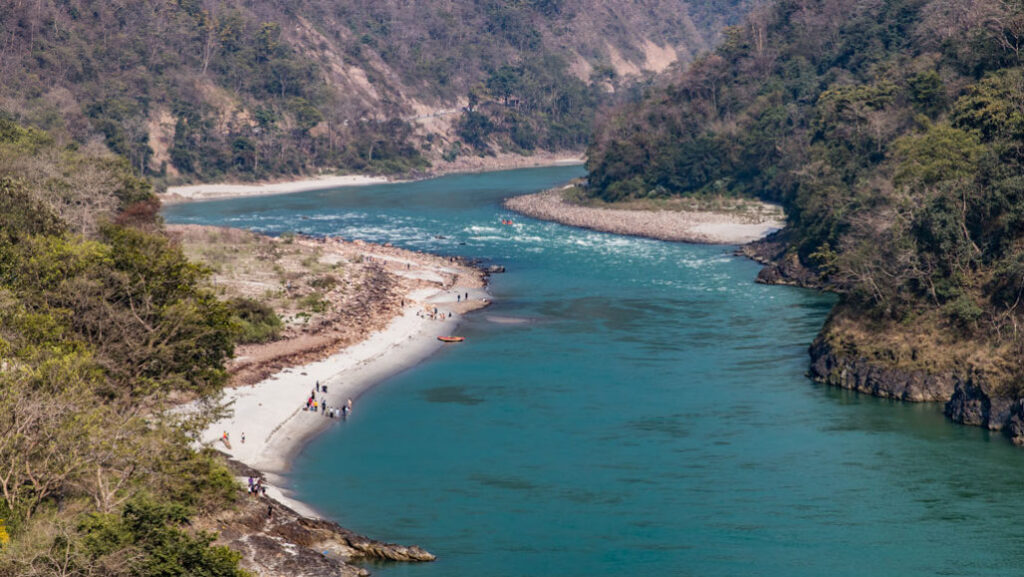
The supply of groundwater is made from Tube Well or Bore Well, which has TDS around 200-2000PPM. It requires RO Water Purifier for the proper safety of the family.
Multiple Sources:
The multiple sources refer to the supply made through different sources, such as Municipal, Bore Well, or tanker. The TDS depends upon day to day and requires RO water purifier in this case.
Wherever the water may come from, it’s imperative to think about the TDS (Total Dissolved Salts) present within the water. It greatly influences the sort of filter needed. TDS value measured in ppm (parts per million). The illustration here gives a general guideline on the range of TDS, counting on the Water water source.
The most common part of TDS is calcium, phosphates, nitrates, sodium, potassium, chlorine, and iron.
Based on the TDS rating of the water, search for one or more of the following: UF (Ultrafiltration) Technology, UV (Ultraviolet) Technology, RO (Reverse Osmosis) Technology, EAT (Electro Adsorption Technology), a mixture or a Universal Water Purifier. Note that some filters require Electricity to function. Let’s check out all the filters available.
The universal water solution is a water purification system that utilizes advanced technology to supply clean, pure, safe riparian right from your faucet. The point-of-use water purifier is convenient. It employs a portable design that integrates technology usually found only in large commercial systems—the Microprocessor-based technology, together with sensor monitors and displays the purity of water in the least times.
We offer top quality and trusted beverage filters and industrial water purification equipment in India. As a number one water purification company in India, we concentrate on water purifiers, beverage filters, industrial water purifiers, Ro water filters, and customized water purifier’s equipment, India, of varied capacities and configuration.
Water Type – Water or Soft Water
For example, water sources are underground water, drawn from bore wells, or supplied from Tankers. Water may contain fluoride, arsenic, and other heavy metals. The instance sources of sentimental water are river water, lakes, rain harvesting, or supplied by the municipality.
Types of Impurities in Water
Which Purifier to Choose for Hard Water?
The biggest myth about hard water is that it is not safe to drink causes health hazards and effects on human internal organs. The NRC (National Research Council, United States) reveals that tough water served as a dietary supplement for calcium and magnesium. It has consistent with WHO (World Health Organization) there’s no evidence, proof that tight water cause health hazards. Moreover, the following question may arise, Do we need water purifiers to treat hard water? Not in the least, although if you would like to use RO water purifier, it’ll improve the taste, smell, color, and atheism of water, less than that.
TDS
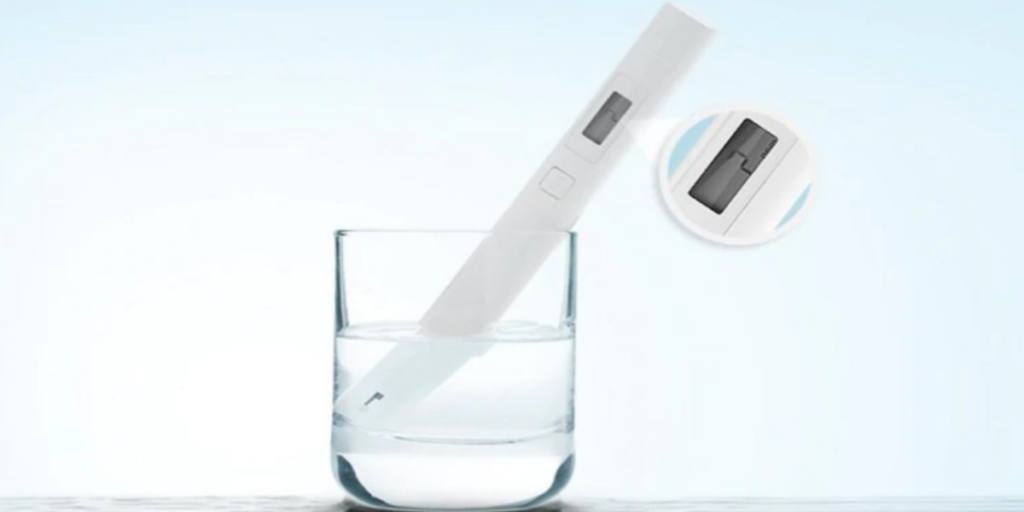
These salts comprise potassium, sodium, chlorine, and magnesium alongside the phosphates and, therefore, the nitrates. They form the main component of the dissolved solids (from now on, mentioned as TDS).
The acceptable TDS levels

We all have seen the concept of TDS in Water so far. We all know how it manages to seek out its way into the water resources. In a way, our body needs a number of these minerals and the salts for its healthy growth.
Hence, we should ensure not to eliminate them from the beverage. Now, the question arises on what the suitable TDS levels are.
The normally acceptable TDS levels are as follows.
Under such circumstances, do you think the water is safe? Well, the answer is that water is never palatable. Hence, you would require water purifiers to eliminate these impurities.
Storage Capacity
For places that have frequent power cuts or unreliable water systems, considering buying a purifier with a tank may ensure access to pure, drinkable water even without Electricity – as long as some water stored within the container.
If you’ve got an outsized family, a purifier with a tank is best for a continuous supply.
Which Filter to Buy?
You have seen the functions of various sorts of water filters, but the principal question remains unanswered. Which kind of screen is best fitted to your home? It relies on the standard of water you’ve got because of the water source.
Let us now check out the varied sources of water and see the traditional sorts of impurities related to the actual cause. It may enable you to make a decision about which water purifier to settle on.
Main Components of RO Water Purifier
Sediment Pre-filter:
Within the first stage of purification, the input water filtered employing a pre-sediment filtration. Pre-sediment filtration removes fine and coarse particulate impurities/dirt and improves the lifetime of the RO/UF membrane, leading to a lower cost of maintenance. If the purifier doesn’t include this as a typical feature, it sided separately.
Activated Carbon Pre-filter:
Activated charcoal pre-filter removes chlorine and organic impurities like harmful pesticides from the water. Activated charcoal pre-filter also absorbs bad odor and taste-causing natural components from water.
RO or UF Membranes:
Water is fed into the RO membrane at high using an in-built pump. RO membrane removes the hardness, dissolved salts, pesticides, and heavy metals like arsenic, lead, and also mercury. It also kills microbial infection-causing agents like viruses, bacteria, protozoa, and cysts. The UF membrane works like the RO membrane, but it doesn’t remove the soluble solids. Some purifiers need both RO and a UF membrane, the output water from both the layers mixed with regulating the TDS level of purified water.
TDS controller:
The TDS controller employed for controlling the TDS level of the output water. RO process removes harmful impurities but also removes essential minerals such as Calcium & Magnesium. TDS controller remains adequate quantities of essential minerals within the purified water by adjusting the ratio of Water from RO membrane (low TDS) and UF membrane (average TDS) within the final mix.
UV Filter:
UV filter uses a high-intensity UV bulb to kill or inactivate any bacteria & parasites to deliver safe water to us.
Storage Tank:
This storage tank stores purified water for later use. Confirm the tank formed of food-grade, non-toxic material. A number of the high-end water purifiers now accompany a chrome steel water tank. You ought to also check the capacity of the container.
Display:
Most of the RO water purifiers accompany the first exhibition for purifier on/off, a tank full, etc. Some advanced purifiers also accompany fault alert, membrane change, UV fail, TDS level indicator, purity indicator, etc.
Factors to Think About While Buying Water Purifiers
Now, you’ve got a transparent idea about the character of impurities within the water. You’ve got an on which water purifier to settle on to tackle the type of contaminants. You should always create the water source test at your house before deciding the sort of water purifier.
Conclusion
The quality of source water plays a crucial part in the choice of your water purifier. Choose the proper one and make the lives of your family better. You’ve got tons of excellent brands available within the market. The foremost common and popular brands of water purifiers available in the Indian market are Kent RO, Pureit, Bluestar, LivPure, LG, and Aquaguard.
Water Purifier is the basic need for human. Due to pollution and dirt in the surrounding, the water is not purified well. The water purifier helps the person to get pure freshwater with no harmful elements in it. One must buy a water purifier to lead a healthy and better survival. If anyone does not have a water purifier at their home, they must consider the guide as mentioned above to find out the right piece for their needs and requirements.
While searching for the best water purifiers, What are the essential features to look for.

